Alpine A290 vs Hyundai i30 – Performance, range & efficiency compared
Both models have their strengths – but which one suits you more?
Compare performance, efficiency, price and space directly: Alpine A290 or Hyundai i30?
Costs and Efficiency:
Price and efficiency are key factors when choosing a car – and this is often where the real differences emerge.
Hyundai i30 has a noticeable advantage in terms of price – it starts at 24000 £, while the Alpine A290 costs 33200 £. That’s a price difference of around 9180 £.
Engine and Performance:
Under the bonnet, it becomes clear which model is tuned for sportiness and which one takes the lead when you hit the accelerator.
When it comes to engine power, the Alpine A290 has a noticeable edge – offering 218 HP compared to 140 HP. That’s roughly 78 HP more horsepower.
In acceleration from 0 to 100 km/h, the Alpine A290 is clearly quicker – completing the sprint in 6.40 s, while the Hyundai i30 takes 9.60 s. That’s about 3.20 s faster.
In terms of top speed, the Hyundai i30 performs somewhat better – reaching 197 km/h, while the Alpine A290 tops out at 170 km/h. The difference is around 27 km/h.
There’s also a difference in torque: Alpine A290 pulls to a small extent stronger with 300 Nm compared to 253 Nm. That’s about 47 Nm difference.
Space and Everyday Use:
Beyond pure performance, interior space and usability matter most in daily life. This is where you see which car is more practical and versatile.
Both vehicles offer seating for 5 people.
In curb weight, Hyundai i30 is slightly lighter – 1291 kg compared to 1479 kg. The difference is around 188 kg.
In terms of boot space, the Hyundai i30 offers a bit more room – 395 L compared to 326 L. That’s a difference of about 69 L.
In maximum load capacity, the Hyundai i30 performs a bit better – up to 1301 L, which is about 195 L more than the Alpine A290.
When it comes to payload, Hyundai i30 barely noticeable takes the win – 509 kg compared to 471 kg. That’s a difference of about 38 kg.
Who wins the race?
The Alpine A290 proves to be shows small but notable strengths and therefore becomes our DriveDuel Champion!
Alpine A290 is the better all-rounder in this comparison.
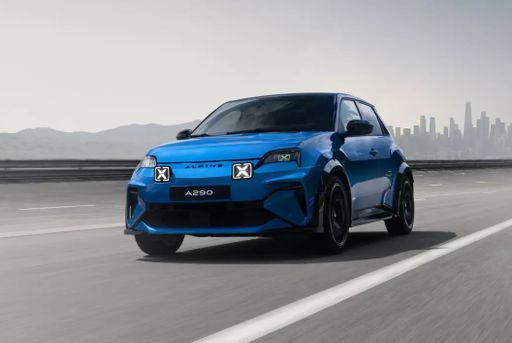 @ Alpine / Renault Group Media
@ Alpine / Renault Group Media
Alpine A290
Alpine A290
The Alpine A290 embodies a thrilling blend of modern design and exhilarating performance, capturing the spirit of the brand's racing heritage. With its agile handling and responsive drive, this compact vehicle promises an engaging experience both on the road and the track. Inside, it features a driver-focused cockpit that seamlessly integrates technology and comfort, making every journey an adventure.
details @ Alpine / Renault Group Media
@ Alpine / Renault Group Media
Hyundai i30
The Hyundai i30 stands out in the hatchback segment with its sleek design and modern features. It offers a comfortable ride with a well-crafted interior that caters to both driver and passengers. With its emphasis on safety and technology, the i30 provides a balanced driving experience suitable for urban and suburban environments.
details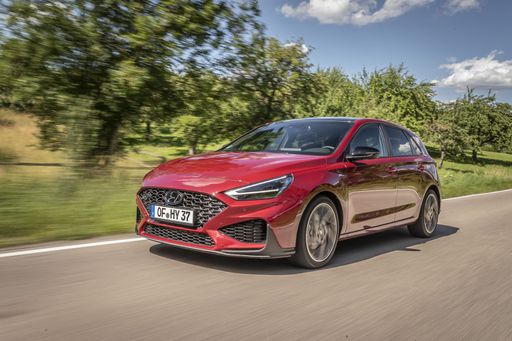 @ Hyundai Motor Company
@ Hyundai Motor Company
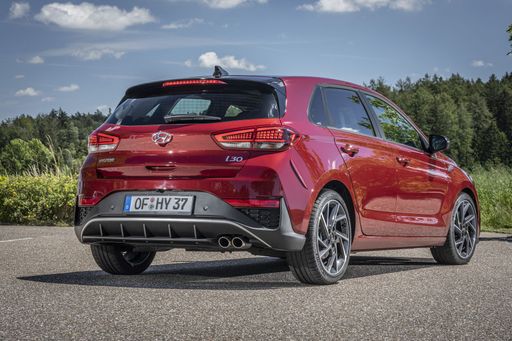 @ Hyundai Motor Company
@ Hyundai Motor Company
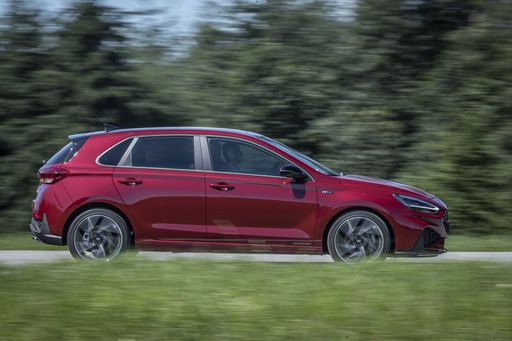 @ Hyundai Motor Company
@ Hyundai Motor Company
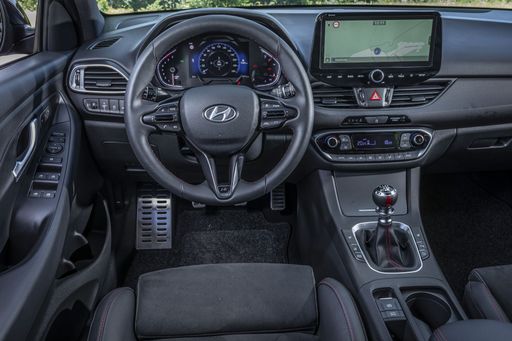 @ Hyundai Motor Company
@ Hyundai Motor Company
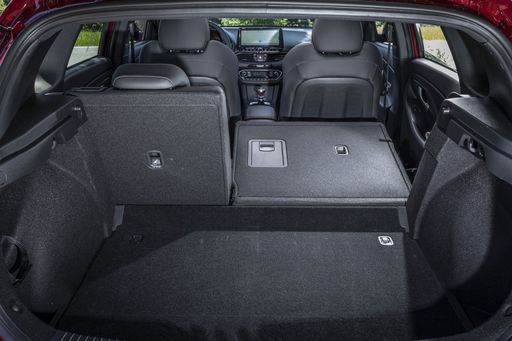 @ Hyundai Motor Company
@ Hyundai Motor Company
 @ Alpine / Renault Group Media
@ Alpine / Renault Group Media
|
 @ Hyundai Motor Company
@ Hyundai Motor Company
|
|
|
|
Costs and Consumption |
|
|---|---|
|
Price
33200 - 39600 £
|
Price
24000 - 29300 £
|
|
Consumption L/100km
-
|
Consumption L/100km
5.7 - 6 L
|
|
Consumption kWh/100km
15.8 - 16.5 kWh
|
Consumption kWh/100km
-
|
|
Electric Range
364 - 380 km
|
Electric Range
-
|
|
Battery Capacity
-
|
Battery Capacity
-
|
|
co2
0 g/km
|
co2
130 - 136 g/km
|
|
Fuel tank capacity
-
|
Fuel tank capacity
50 L
|
Dimensions and Body |
|
|---|---|
|
Body Type
Hatchback
|
Body Type
Hatchback
|
|
Seats
5
|
Seats
5
|
|
Doors
5
|
Doors
5
|
|
Curb weight
1479 kg
|
Curb weight
1291 - 1407 kg
|
|
Trunk capacity
326 L
|
Trunk capacity
395 L
|
|
Length
3997 mm
|
Length
4340 mm
|
|
Width
1823 mm
|
Width
1795 mm
|
|
Height
1512 mm
|
Height
1455 mm
|
|
Max trunk capacity
1106 L
|
Max trunk capacity
1301 L
|
|
Payload
471 kg
|
Payload
463 - 509 kg
|
Engine and Performance |
|
|---|---|
|
Engine Type
Electric
|
Engine Type
Petrol, Petrol MHEV
|
|
Transmission
Automatic
|
Transmission
Manuel, Automatic
|
|
Transmission Detail
-
|
Transmission Detail
Manual Gearbox, Dual-Clutch Automatic
|
|
Drive Type
Front-Wheel Drive
|
Drive Type
Front-Wheel Drive
|
|
Power HP
177 - 218 HP
|
Power HP
100 - 140 HP
|
|
Acceleration 0-100km/h
6.4 - 7.4 s
|
Acceleration 0-100km/h
9.6 - 13.1 s
|
|
Max Speed
160 - 170 km/h
|
Max Speed
178 - 197 km/h
|
|
Torque
285 - 300 Nm
|
Torque
172 - 253 Nm
|
|
Number of Cylinders
-
|
Number of Cylinders
3 - 4
|
|
Power kW
130 - 160 kW
|
Power kW
74 - 103 kW
|
|
Engine capacity
-
|
Engine capacity
998 - 1482 cm3
|
General |
|
|---|---|
|
Model Year
2024
|
Model Year
2024
|
|
CO2 Efficiency Class
A
|
CO2 Efficiency Class
D, E
|
|
Brand
Alpine
|
Brand
Hyundai
|
Is the Alpine A290 offered with different drivetrains?
Available configurations include Front-Wheel Drive.
The prices and data displayed are estimates based on German list prices and may vary by country. This information is not legally binding.
